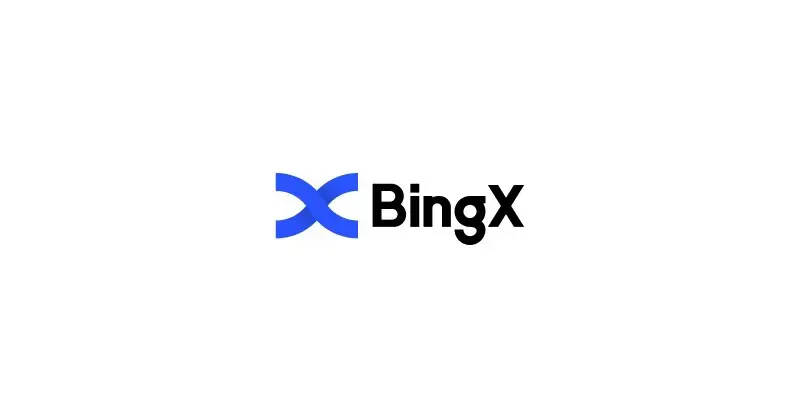In the ever-evolving landscape of online content sharing and consumption, platforms continuously innovate and adapt to meet the changing preferences of users. YouTube, a global leader in video content, has recently announced a strategic move to discontinue its Stories feature. This decision is poised to reshape how users engage with temporary content on the platform, signaling YouTube’s commitment to refining its offerings and aligning them with evolving trends. In this exclusive exploration, we delve into YouTube’s decision to sunset the Stories feature and redirect its efforts towards another feature, analyzing the implications for creators, users, and the future of content sharing on the platform.
I. The Role of Temporary Content:
Temporary or ephemeral content has gained popularity across various social media platforms, allowing users to share snippets of their daily lives in a time-limited format. YouTube’s venture into this space with its Stories feature demonstrated the platform’s willingness to experiment with new ways of content sharing.
II. YouTube’s Evolution:
YouTube’s journey has seen it transform from a platform exclusively centered around long-form video content to a hub for diverse forms of media, including live streams and short-form content. The decision to discontinue Stories represents the platform’s ongoing evolution to meet the demands of modern audiences.
III. The Sunset of Stories:
The discontinuation of YouTube’s Stories feature marks a strategic pivot for the platform. While it was an experiment in bringing temporary content to the platform, the decision to sunset it suggests a reevaluation of the feature’s impact on user engagement and its alignment with YouTube’s broader goals.
IV. Focus on a Different Feature:
As YouTube retires the Stories feature, it is shifting its focus to another feature that aligns more closely with the platform’s core mission and user behavior. This redirection demonstrates YouTube’s commitment to refining its offerings to better serve creators and audiences.
V. Creator-Centric Approach:
YouTube has consistently positioned itself as a platform that empowers creators. The decision to invest in features that resonate with creators’ needs and preferences underscores YouTube’s commitment to nurturing its creator community.
VI. Evolving User Behavior:
User behavior is a driving force behind platform changes. The decision to discontinue Stories suggests that YouTube’s audience may have not fully embraced this format or that it might not have generated the desired level of engagement.
VII. The Competition Landscape:
The discontinuation of Stories could also reflect YouTube’s response to the competitive landscape. With other platforms offering similar features, YouTube’s decision might be influenced by the need to differentiate its offerings and allocate resources more strategically.
VIII. Shaping Content Sharing Norms:
YouTube’s move sheds light on how platforms are shaping the norms of content sharing. The shift away from Stories emphasizes the importance of formats that align with user preferences and broader content consumption habits.
IX. Lessons for the Future:
YouTube’s decision to discontinue Stories offers valuable lessons for both the platform and the broader digital ecosystem. It highlights the importance of understanding user behaviors, continuously evaluating features, and adapting in response to changing trends.
X. Implications for Content Creators:
For content creators who had embraced the Stories feature, the decision necessitates a shift in their content strategy. This could involve exploring other formats that align with YouTube’s new focus and offer engaging ways to connect with their audiences.
Conclusion:
In conclusion, YouTube’s decision to discontinue the Stories feature is a strategic move that reflects the platform’s commitment to evolution and user-centricity. While Stories offered a unique way of sharing content, YouTube’s decision to redirect its focus suggests a dynamic approach to refining its offerings. As platforms navigate the dynamic landscape of digital content, adaptability and responsiveness to user behavior remain critical. YouTube’s trajectory underscores the iterative nature of platform development, where features are evaluated, refined, and sometimes replaced to align with the ever-changing demands and preferences of users. This decision holds implications not only for YouTube’s direction but also for the broader ecosystem of content sharing and consumption in the digital age.











